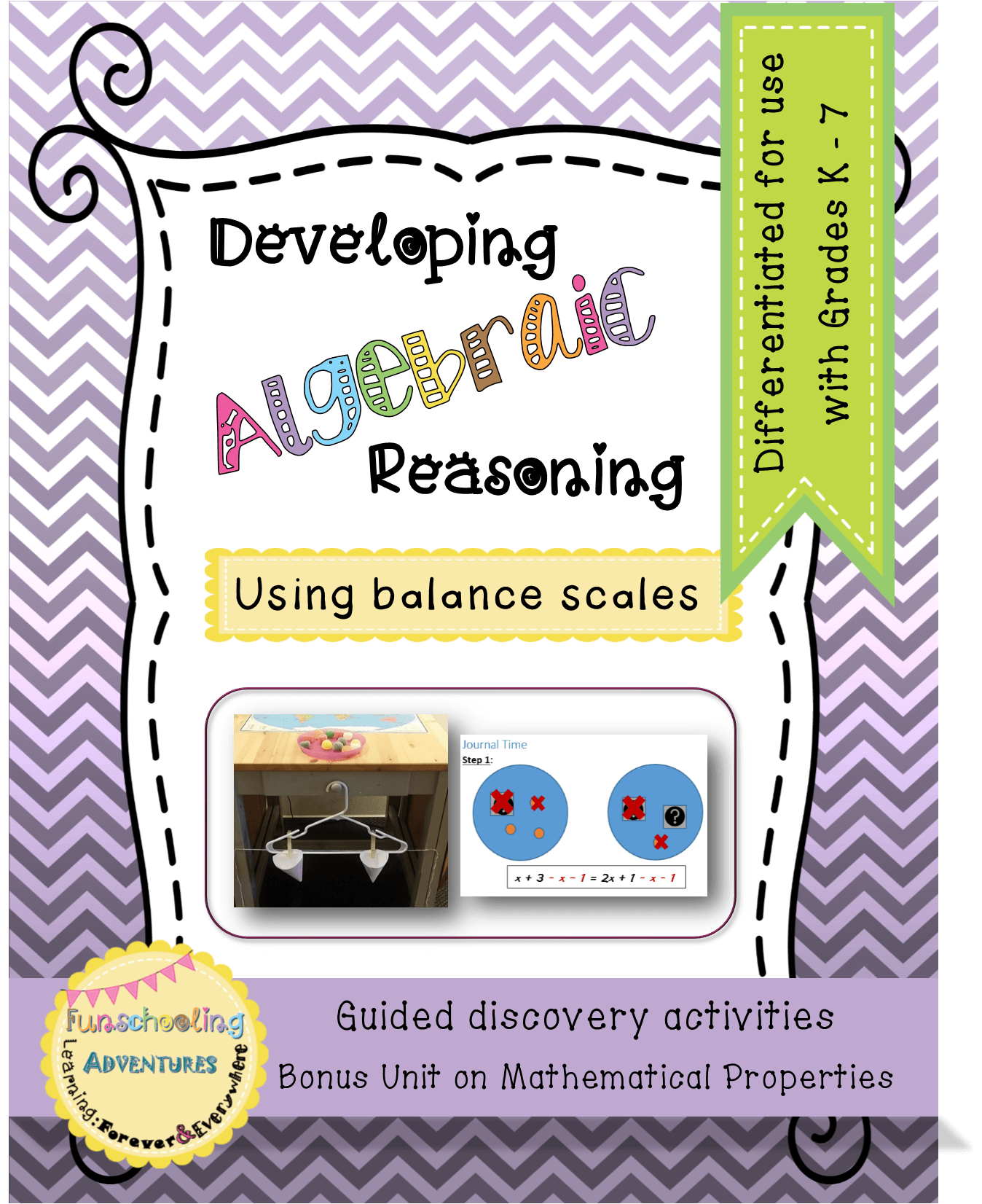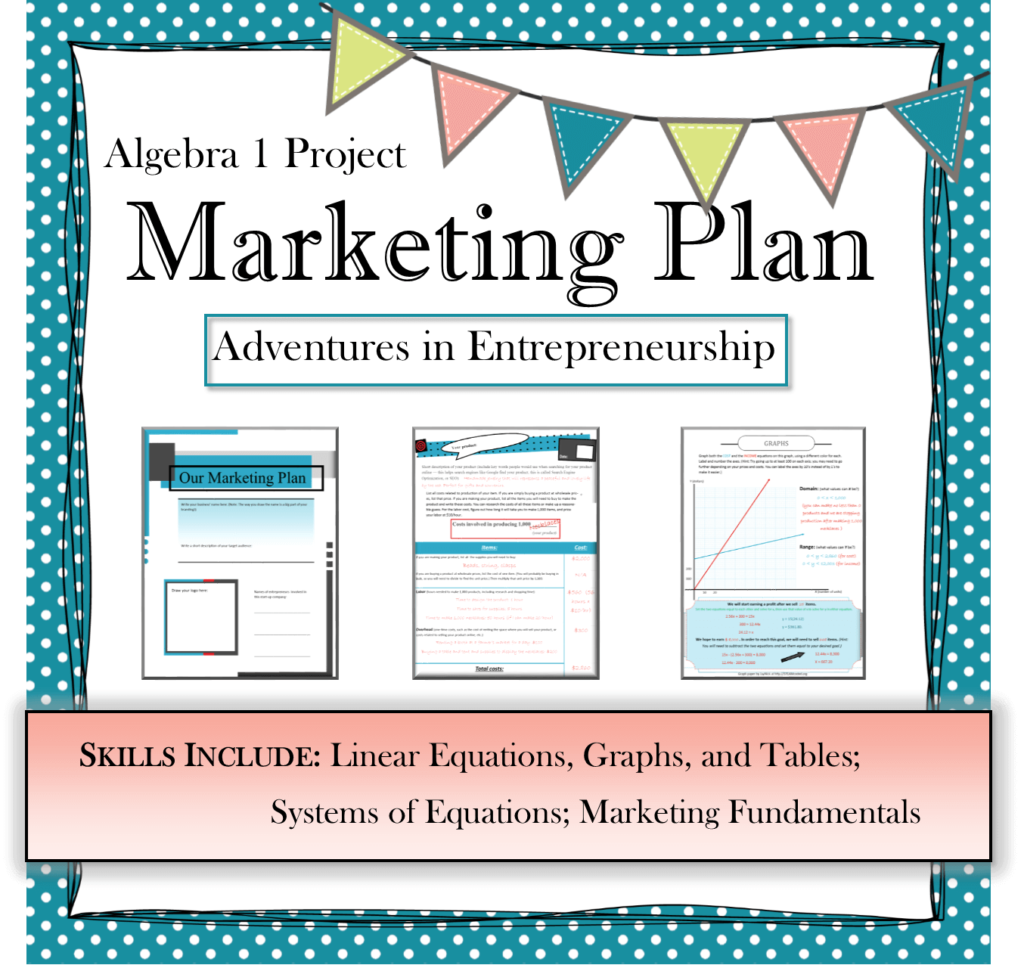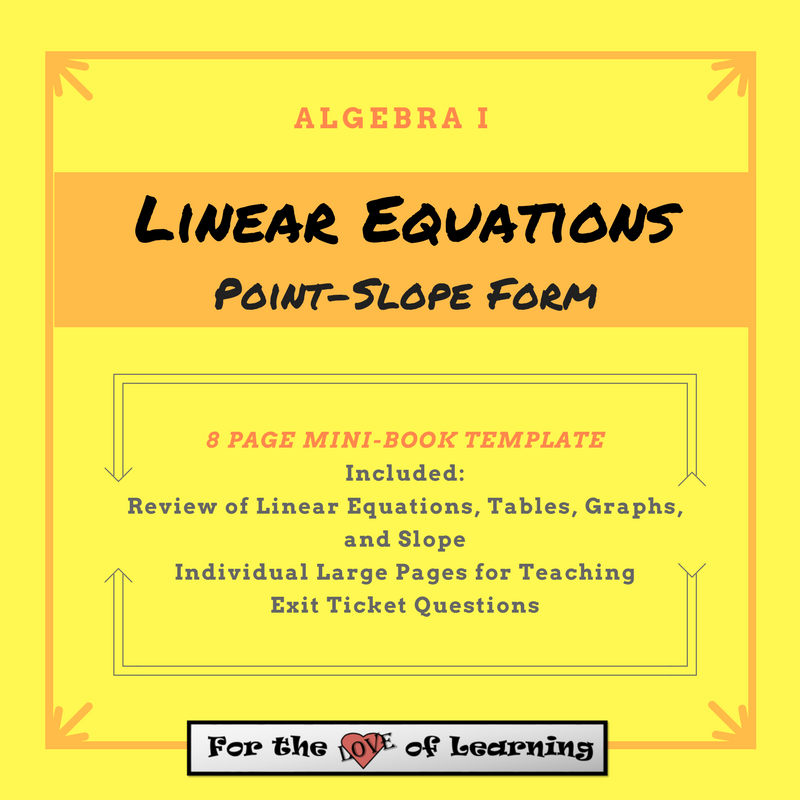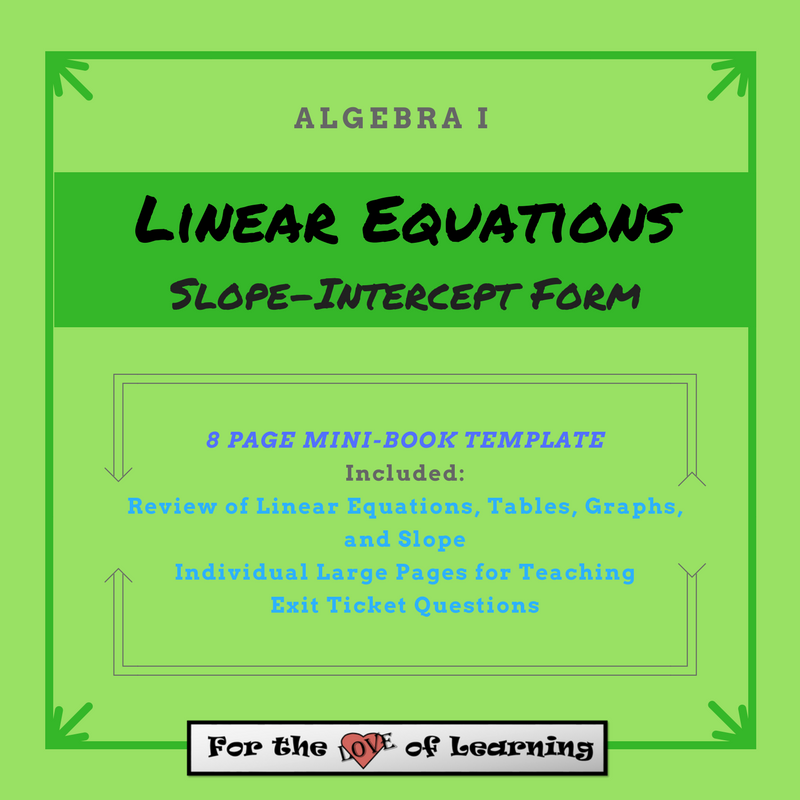Store highlights:
Click on a picture to see the full product listing.
This is a short list of some of the larger products I have listed in my TeachersPayTeachers store.
Most of my products fall into the following categories:
- Pre-K through 3rd grade:
- Math,
- Reading,
- Writing, and
- Coding for kids (coming soon!).
- I also have a few History, Science, and Art activities/lessons.
- Algebra 1 and Geometry:
- I am re-working several of the projects I created for my own students during my 6 years as a Math teacher.
You can see my full list of digital learning products at:
https://www.teacherspayteachers.com/Store/Sandra-Balisky
Pre-K – 6th grade Math
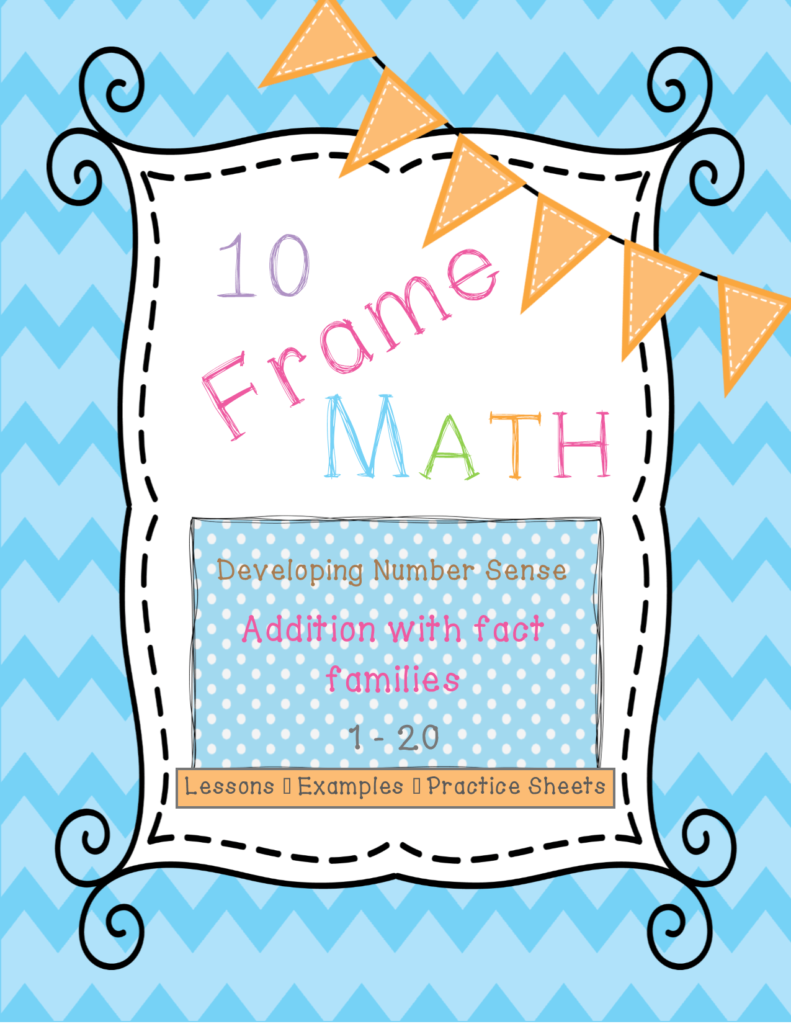
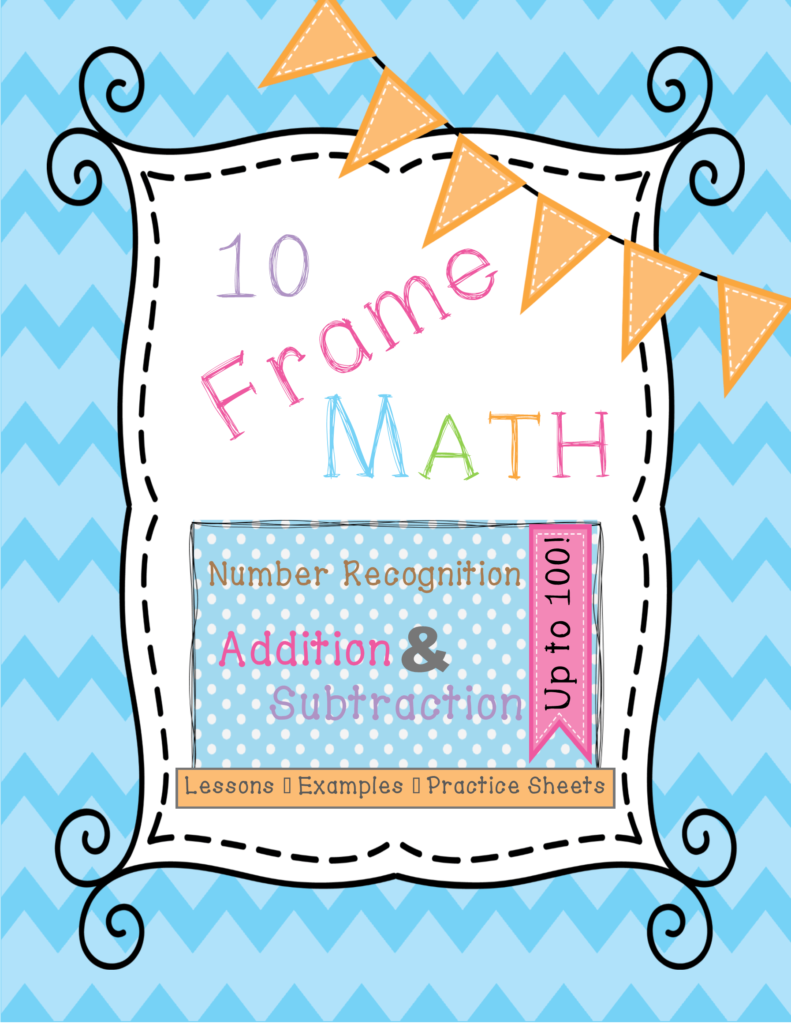
This activity-based lesson pack is made of 4 lessons. (The first unit pictured contains only the first 2 lessons.) Each lesson includes full explanations for teachers and activities for students including printable journal pages for practice and learning games; the entire unit is designed to help foster number sense, mathematical communication, and discovery-based learning.
Lesson 1 begins with number recognition from 1 – 10 focusing on building numbers in groups of 5. It then moves up to recognizing and building numbers up through 20.
Lesson 2 focuses on addition up through 20 with an emphasis on combinations of numbers that add to 10 and their associated fact families.
Lessons 3 and 4 are designed for students who are ready to do double digit addition and subtraction. You can find those lessons included in my entire ten frame unit.
Lesson 3 goes on to more complex addition (up through 100) and teaches students to break numbers up into groups of 10’s and 5’s and re-arrange as needed to come up with the answer. The strategies explained here help to build a strong conceptual understanding of addition rather than emphasizing an algorithm (set of steps to follow).
Lesson 4 teaches students to subtract numbers (up through 100) by visualizing them in groups of 10’s (with sub-groups of 5’s).
Since our number system is built around groups of 10, it is essential for kids to learn from a young age how to identify and manipulate numbers within our base 10 system.
To provide a strong foundation for fluency in the language of numbers, students should be introduced first to visual representations of numbers. If they can recognize amounts at a glance based on groupings of 5’s and 10’s, this will pave a strong foundation for them to become comfortable and confident working with numbers. Once they can comfortably understand and explain how all single digit numbers relate to 10, it’s a simple matter to start adding or subtracting double digit numbers by re-arranging numbers into 10’s, 5’s, and 1’s.
Ten frame activities are a great way to introduce these topics. The activities in this lesson pack describe fun (and unconventional!) ways to use ten frames. You can purchase ten frames sold as sets with counting items, or you can simply draw ten frames on paper and use items you have around the house as the objects for counting (rocks, cheerios, marbles, legos, macaroni pieces, beads, etc.). I’ve also used an empty egg carton as a ten frame container after cutting it down to size.
For those of you who are familiar with base-10 blocks, some of these activities may look familiar. Although the same basic idea applies to base-10 blocks, the added value of breaking groups of 10 into sub-groups of 5’s makes this a viable strategy for mental math, even with large numbers. Students can instantly imagine “glance-able” amounts of objects, break apart and re-arrange numbers, and recombine the “leftovers” to figure out the final answer. And again, since amounts of objects up to 5 can be known at a glance, without counting, and since all numbers can be broken up into 10’s and 1’s (bigger numbers into 100’s and 10’s and 1’s, etc.), students can take this one step further (instantly, in their head) to see numbers as combinations of 5’s within groups of 10’s and solve larger addition or subtraction problems.
If you are a teacher, tutor, or homeschooling parent looking for an engaging way to introduce your students to the foundations of Algebraic thinking, I believe that you will find this resource very helpful. Based on my experience teaching high school Algebra and homeschooling my own children, I have created this activity based lesson pack to help you take your students through the amazing journey of thinking abstractly, reasoning mathematically, and communicating effectively while exploring hands-on activities (with candy!). I have scaffolded the lessons so that students of any age can complete and understand the lessons; younger students can explore ideas tangibly and intuitively while older students will see connections to other math concepts and will learn to confidently manipulate equations to solve for a single variable based on a strong visual and concrete understanding.
One of the core “pillar concepts” in math is Equality. In the early grades, the equals sign is used to represent the answer to a problem. For instance, we learned early on that 1 + 2 = 3. Extending the idea further, however, the equals sign comes to mean that both sides of the equation are balanced; therefore, whatever mathematical operation is done to one side must be done to the other side. Although this may seem like a basic idea, many students work their way through years of math without truly understanding this concept. This lack of a solid foundation then becomes a handicap to them as they advance into Algebra and higher levels of math.
The activities laid out here can be started with beginning learners (as young as 5) but the extension activities can be used with students up through Algebra. The sooner that students are introduced to these concepts, the stronger their foundation will be in math, and the faster they can progress through the following modules, lessons, and extension activities.
16 pages
$5.50
Algebra 1
I designed this project for my Algebra 1 classes and loved the enthusiasm with which students of all levels received it. My students often put way more effort and creativity into projects than they ever did into their homework (!), and they had a lot of fun with this one since it provided an open-ended, authentic context for applying what they had just learned.
To create this marketing plan, students will work in groups (or alone) to come up with a product they want to sell, then figure out marketing details such as the cost of producing the product, where they want to sell it, and what price they will charge. They will turn this information into equations, tables, and graphs, then answer questions regarding the break-even point and how much they will need to sell in order to earn a desired profit. I have provided a completed sample project as a guide.
This project provides a close-to-real-life context for many skills they learn in Algebra 1, tying together several loose ends and providing students a chance to expand on their understanding of linear equations.
I have designed this project with differentiation built into the framework of the activities. Students can go all-out on their choice of product and choose to create a hand-made item that will require purchasing several raw materials then calculate labor time and overhead costs into the full cost of the making the product, or they can simply come up with a product to sell that they will buy at wholesale prices and re-sell at a higher price point. They are given the opportunity to consider how they want to sell their product: at a farmer’s market, a fair, a brick-and-mortar store, online, etc. I gave my students the freedom to either research all of this and come up with reasonable price points or just guess what these would cost. I didn’t want students to get so lost in the details of marketing that they missed the point of solving a system of equations, so I let them choose any numbers that seemed reasonable; you can decide how to handle that based on the abilities of your students. You may want to give students the chance to choose how they want to approach each stage of this project so they can enter at a level that suits their ability.
This would work great as an end-of-unit project on linear equations, as an extension project for extra credit, or as a guided group project in a remediation class.
The Algebra topics addressed in this project include:
Writing equations based on “real-life” scenarios
Defining a reasonable domain and range
Making input-output tables from the equations
Creating a graph (labeling and scaling axes to fit the data — or you could provide this for them to keep it simple)
Finding and understanding the point of intersection in the context of the project
It also provides exposure to some basic marketing skills (they can make of this what they want; some students will glaze over this while others will dive in deep and do some amazing work!):
Keywords and SEO
Logos and branding
Target audience
Understanding some of the details that go into marketing and selling a product
Designing sales that help attract customers while still boosting overall profit
Working as a team!
I hope your students enjoy working on this project! Let me know if you have any questions or think of any ways this could be improved. Thank you for your support!
12 pages
$3.50
These guided notes lead into a dynamic, open-ended set of activities, designed for a variety of skill levels.
This unit begins with one complete poster with four representations of a linear relationship (story problem, table, equation, and graph). Two versions of fill-in-the-blank posters follow for guided notes — these can be used in interactive journals or made into posters.
Three large pages follow for each representation (a complete version, a partially filled in version so you can write notes on it as you teach it, and a blank version so you can adapt it for any example). Then I have provided 12 pages with only one of the four representations filled in so students can fill in the other three areas. These vary in complexity and are very open-ended, allowing students to be creative while developing a strong conceptual understanding of linear relationships.
You could set these up as stations that students rotate between in small groups, or assign students a few each (the different levels of complexity are perfect for differentiating the assignment!), then let them explain their solutions to others, jigsaw-style. They could also be used as group quizzes where students have to convince each other that a solution is valid, since there is no “right” answer (although there could be wrong ones!). Be creative in your use of these and have fun seeing students interact with fundamental math concepts in new ways!
30 pages
$3.25
Linear equations make up a large portion of the Algebra 1 curriculum and are often highly represented on end-of-year tests. Over the course of several years, I have developed a number of projects and review materials to help students master a solid understanding of linear equations, along with their related graphs, tables of x-y values, and real-world scenarios. I created this mini-book for my students to provide them with a way to take organized, clear, simple notes on this topic.
This set of materials is designed to help students create their own review booklet on linear equations, tables, and graphs (or it can be used as an introduction to these concepts.) I have included a complete mini-book (which might be useful to hand to students who were absent on the day of this activity), a fill-in-the-blank version for students to fill out in class, instructions on how to make the mini-book, and individual large slides to display for each page as you help students create their booklet. I have also included some questions at the end that could be used as classwork, homework, or a quiz, or could be broken up into separate exit ticket questions. You could do this activity in one day, or introduce each concept (equations, tables, graphs, summary) on separate days as you teach this unit.

